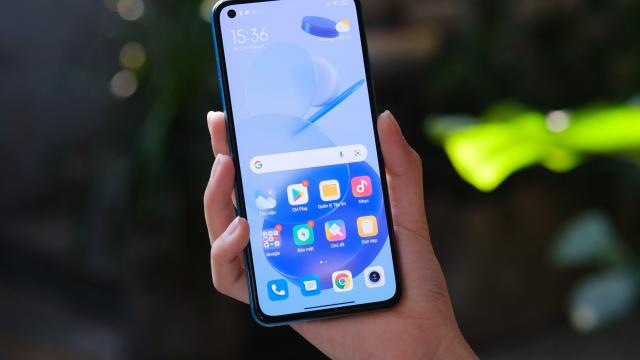Screenshots are an essential aspect of enjoying your smartphone. If you see something fun while playing around on your phone, the fastest way to share it with a friend is usually to take a screenshot. But if you bought a brand-new phone, especially if you’re coming from an iPhone, you might have no idea how to take screenshots on Android.
The problem with Android instructions, in general, is there are so many different phone makers out there who may add their own spin to any given feature. Screenshots are no exception. While these tips should work on most modern Android devices, your particular device may vary.
On top of that, your particular device may have many different methods for taking a screenshot. For example, if you have a Samsung Galaxy phone with an S Pen, you can take it out, tap the Air command menu icon, and then tap Screen write to take a screenshot. If these general tips don’t help, or you want to dive deeper, look up the manual for your specific phone to see all the ways you can take screenshots on it.
How to take a general screenshot on Android
First, try this: Press and release the Power and Volume down buttons at the same time. If it worked, you’ll see a flash on-screen, with your screenshot minimized as a thumbnail. This gesture should work on most modern Android devices, including from Google, Samsung, and OnePlus. It’s the evolution of the traditional shortcut where you’d hold down the Home button (remember that?) with the Volume Down button.
The exact timing of these button presses may vary per phone, so experiment with your device. The Pixel I have available, for example, takes a screenshot when you quickly press and release these buttons together, but you may need to hold the buttons together for a second or more for it to work.
Another shortcut that works on newer versions of Android is to hold down the Power button until you see expanded options appear. If your phone and Android version support it, you should see a “Screenshot” option here.
If you’re a voice control person, your phone’s digital assistant will likely take a screenshot if you ask it to. For example, say, “Hey, Google, take a screenshot,” and the assistant will follow suit.
How to take a gesture screenshot on Android
Depending on your phone, you may have the option to take a screenshot using a gesture. On Pixel, for example, this option appears when you pull up from the bottom of the display as if you were switching apps. When you do, you should see a “Screenshot” option appear on the bottom of the screen for the app you’re hovering over. You can also do this with three button controllers by pressing the Overview (square) button.
On Galaxy phones, you can head to Settings > Advanced features > Motions and gestures, then enable “Palm swipe to capture.” Going forward, you can swipe your palm across the display to take a screenshot.
How to take a scrolling screenshot on Android
A rolling screenshot takes a picture of the entire page you’re visiting, rather than just the portion that appears on-screen. They’re great for saving longer pages, like news articles or for later on your phone.
If you know how to take a screenshot, you almost know how to take a rolling screenshot. Start by taking a screenshot as normal on a long page, then choose the “Capture more” button that appears next to the screenshot thumbnail. Here, Android will open a new window, showing the entire page in one long image. The original screenshot appears in a crop window: You can resize it to take a screenshot of any section of the page, or, most usefully, drag the bottom of the crop window all the way down to take a screenshot of the full page.
